Unlike sheet music, ascii drum tabs are not a universal convention understood by every drummer, every ascii tabber has their own style. Aered does not support the huge variety of tab notations that exists among all the available ascii tab files. Instead, Aered expects a specific convention that is very widespread.
This section describes the drum tab convention that Aered expects. Whenever Aered cannot understand a line, it will annotate it with what it thinks went wrong. This will help you quickly edit the tab file in your text editor so that Aered can convert it into sheet music.
Song information
General information about the song should appear first in the file, in any order:
Song: (Name of Song) Band: (Name of band) Album: (Name of band) Tempo: (beats per minute)
Information about the song is not mandatory, it can be added in Aered.
Writing bars
Staff lines
R |---x--x--x--|---x--x--x--|
- There has to be a description of the drum/cymbal (e.g. ‘R’ for the ride cymbal) near the start of the line (i.e. before the 5th character). There is a list of accepted descriptions in the Drum description section.
- Bars have to be separated by the pipe character ‘|’.
- The first bar has to start with a ‘|’ and the last bar has to end with a ‘|’.
- Within a bar, rests are represented with a dash character ‘-‘ and notes by a single character, see the Notes section for the list of notes and corresponding character.
- There cannot be blank spaces between rests or between notes or between rests and notes.
- There may be one blank space between rests/notes and bar separators (|).
Grouping staff lines into bars
C |x-----------|x-----------| R |---x--x--x--|---x--x--x--| S |---o-----o--|---o-----o--| B |o-------o---|o-------o---|
- Staff lines immediately following each other are grouped into bars.
- Within a group of staff lines, the bar separators (|) of all lines have to align exactly.
Repetitions
| x2 |
C |x-----------|
R |---x--x--x--|
S |---o-----o--|
B |o-------o---|
- A line containing repetition information can be placed immediately before or after a group of staff lines.
- The repetition blocks are bounded with pipe characters ‘|’ which must align exactly with the bar separators of the staff lines.
- A number before or after a ‘x’ character and between the ‘|’ indicates the number of repetitions. Aered can recognise “Play” or “Repeat” keywords. “Repeat 5x” has the same meaning as “Play 6x” or “x6”.
Alternative endings
|1. |2. |
C |------------|x-----------|---x-----x--|---x-----x--|
R |x--x--x--x--|---x--x--x--|x-----x-----|x-----x-----|
S |---o-----o--|---o-----o--|---o-----o--|---o-----o--|
B |o-------o---|o-------o---|o-o---o-g---|o-o---o-o---|
- The repetition line can also contain information about alternative endings.
- Alternative ending blocks are bounded with pipe characters ‘|’ which must align exactly with the bar separators of the staff lines.
- A number before a dot ‘.’ character between the ‘|’ indicates the number of the alternate ending.
Counting time
C |x-----------|
R |---x--x--x--|
S |---o-----o--|
B |o-------o---|
|1tl2tl3tl4tl|
- A line containing time count information can be placed immediately before or after a group of staff lines (but not above or below a repetition line).
- When there is no time count line, Aered infers the time signature and note duration of each bar from the number of rests/notes it contains. The time signatures section lists the signatures inferred from each accepted bar length.
- Beats should be counted with 1,2,3, etc.
- You can use any of ‘a’, ‘&’, ‘+’ and ‘e’ to mark beat subdivisions. Spaces are accepted between beats/subdivision marks.
- If there are 3 or 6 rests/notes between beats/subdivision marks, Aered will interpret those notes as triplets/sextuplets. The common “tl” notation is accepted, as in e.g. “1 etl& a”.
Specifying drums
Aered will try to guess the drum/cymbal by reading the start of a staff line. If it fails, here are codes that work:
Drums: Snare drum: S Snare drum #2: S2 Medium tom: T High tom: T2 Tom #3 T3 Tom #4 T4 Tom #5 T5 Floor tom: FlT Floor tom #2: FlT2 Bass drum: B Bass drum #2: B2 Cymbals: Crash cymbal: C (also general cymbal line) Ride cymbal: R Hihat cymbal: H Hihat with foot: Hf Splash cymbal: Sp China cymbal: Ch Other percussion: Tambourine: Ta Cow bell: Cb Wood block: Wb Percussion1: P1 Percussion2: P2
Specifying notes
The drum/cymbal that a staff line corresponds to determines which characters are accepted and what their meaning is. The following list explains what character to use depending on the drum/cymbal.
On any staff line (independent of drum/cymbal): g -> Ghost note f -> Flam d -> Drag b -> Double buzz stroke (currently interpreted as a drag) r -> 4 stroke ruff (currently interpreted as a drag) On a drum staff line (Snare, Bass, Toms etc): o -> Note O -> Accented note On a cymbal staff line: x -> Note X -> Accented note s -> Splash note C -> China note S -> Accented splash note C -> Accented china note On a Hihat cymbal staff line: x -> Closed hihat note X -> Accented closed hihat note o -> Open hihat note O -> Accented open hihat note On a Ride cymbal staff line: B -> Ride bell note On a Percussion staff line: o or x -> Note of whichever percussion is meant O or X -> Accented note of whichever percussion is meant t -> Tambourine note T -> Accented tambourine note c -> Cow bell note C -> Accented cow bell note
Time signatures
When a time counting line is present and Aered understands it, it will be used (Cf. Counting time). Otherwise Aered will guess the time signature and note duration by looking at the character length of each bar. If a bar’s length is not in the following list, Aered will leave that bar blank.
bar length time signature note duration 2 2/4 quarter notes 3 3/4 quarter notes 4 4/4 quarter notes 6 2/4 quarter note triplets 8 4/4 eighth notes 9 3/4 quarter note triplets 12 4/4 quarter note triplets 14 7/4 eighth notes 15 5/4 quarter note triplets 16 4/4 sixteenth notes 18 6/4 quarter note triplets 20 5/4 sixteenth notes 24 6/4 sixteenth notes 27 9/4 quarter note triplets 28 7/4 sixteenth notes 30 5/4 eighth notes triplets 32 4/4 thirty-second notes 36 9/4 sixteenth notes 40 10/4 sixteenth notes 44 11/4 sixteenth notes 52 13/4 sixteenth notes 64 4/4 sixty-fourth notes











